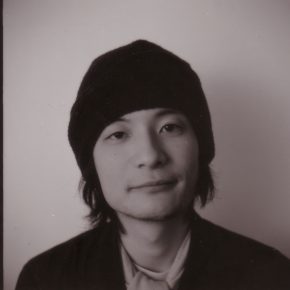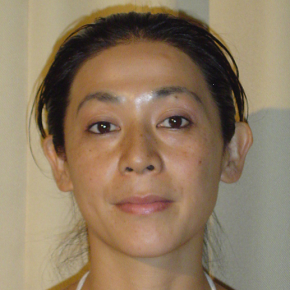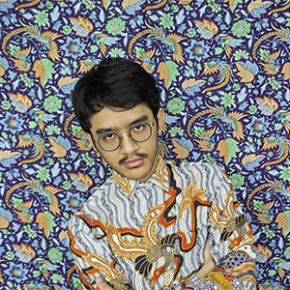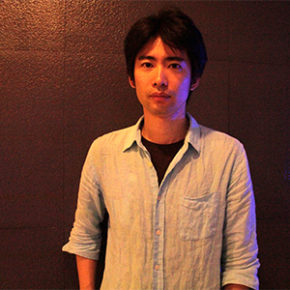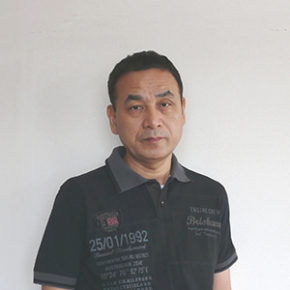Contemporaneity and Traditional Culture in South-East Asian Performing Arts
What is "contemporaneity" in Asia? For example, elements of traditional Japanese dance culture cannot be seen at first in Japan's contemporary dance, whereas in Indonesia, more elements are used from traditional dance than from Western dance. Through research specifically on how traditional elements are dealt with in "contemporary" performing arts in three countries of Southeast Asia (the Philippines, Indonesia, and Malaysia), this project aims to 1) deepen the understanding of the performing arts situation in contemporary Southeast Asia, 2) identify the position that it occupies in the overall situation of Asia including Japan, 3) contribute to the construction of a continuous network of people involved in Japanese and Southeast Asia performing arts based on mutual understanding. These three countries belonging to the island region of Southeast Asia were chosen because the contemporary performing arts are relatively active here among the countries of Southeast Asia, and because of the similarity that can be seen in colonial rule and their historical process of declaring independence from colonial rule. The latter is key to understanding “contemporaneity” in Asia. In addition, knowing the position of traditional culture in contemporary performing arts of other Asian countries could also stimulate the creation of works in Japan.
- Main Cities of Activity
- Philippines: Manila Indonesia: Jakarta, Yogyakarta Malaysia: Kuala Lumpur, George Town
- Host Institution(s) / Individual(s)
- Sarah Therese Salazar (Company Manager for Internal Affairs, Sipat Lawin Ensemble)
- Jala Adolphus (Producer, SET Workshop)
- Tan E-Jan (Producer/Founder, Toccata Studio)




